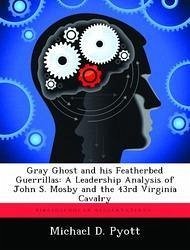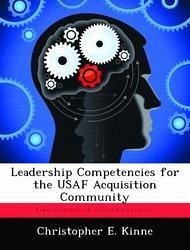
Defining the Core Competencies of U.S. Cavalry
Versandkostenfrei!
Versandfertig in über 4 Wochen
52,99 €
inkl. MwSt.
Weitere Ausgaben:

PAYBACK Punkte
26 °P sammeln!
This monograph examines the recent Army trend to emphasize reconnaissance over security and economy of force in US cavalry doctrine and resourcing decisions. Since the late 1980s the Army has deliberately moved towards lighter, more stealth based reconnaissance in its heavy battalions and brigades. This development has recently accelerated with the publication of a new family of manuals by Fort Knox that offer insight into the radically different techniques necessary for success with these formations. Why has the Army moved in this direction, is it the correct decision, what modifications need...
This monograph examines the recent Army trend to emphasize reconnaissance over security and economy of force in US cavalry doctrine and resourcing decisions. Since the late 1980s the Army has deliberately moved towards lighter, more stealth based reconnaissance in its heavy battalions and brigades. This development has recently accelerated with the publication of a new family of manuals by Fort Knox that offer insight into the radically different techniques necessary for success with these formations. Why has the Army moved in this direction, is it the correct decision, what modifications need to be made, and what can we do to make the transition more effectively? Chapter One explores the reasons why this change is happening now, and why it is so difficult to effect dramatic change within the cavalry community. New threats, operational environments, and technology are shaping American ideas on future conflict, and Army and cavalry concepts are along for the ride. Information Age warfare is a big deal in Washington, D.C. at the dawn of the 21st Century, and information is the raw material that drives this new vision of operations. Current Army organizations struggle with reconnaissance, and new concepts are driving improvement and new force organizations to make up the difference. This change imperative is encountering the conservative traditions embodied in the cavalry community and producing friction that delays acceptance of the new focus. Chapter Two and Three examine modern Western cavalry within a wide historical context. The German experience before and during World War II is offered as a case study for a reconnaissance focused force with excellent doctrine that seemed to loose its relevance in the reality of combat. The Germans understood that ground reconnaissance required organic combat power, but this combat power was then utilized in ways specifically denounced by their doctrine, but necessitated by the operational and tactical situation faced by local c














